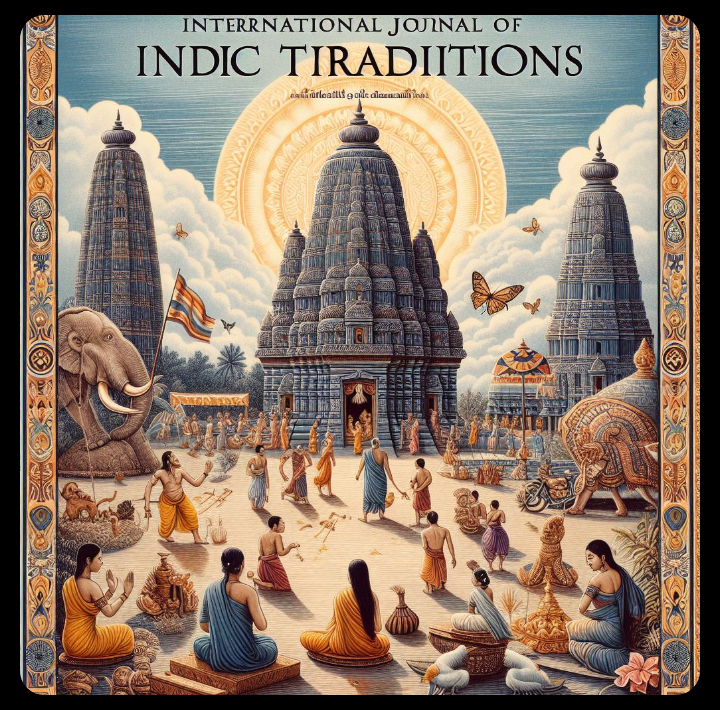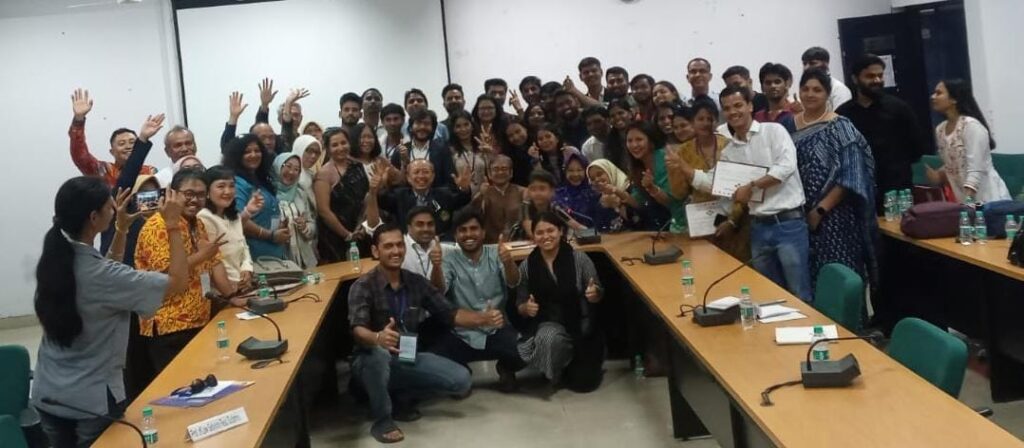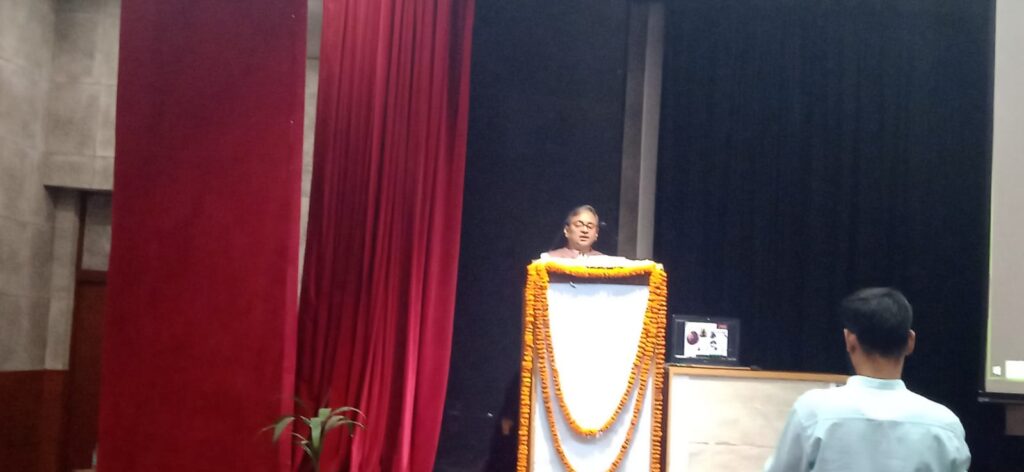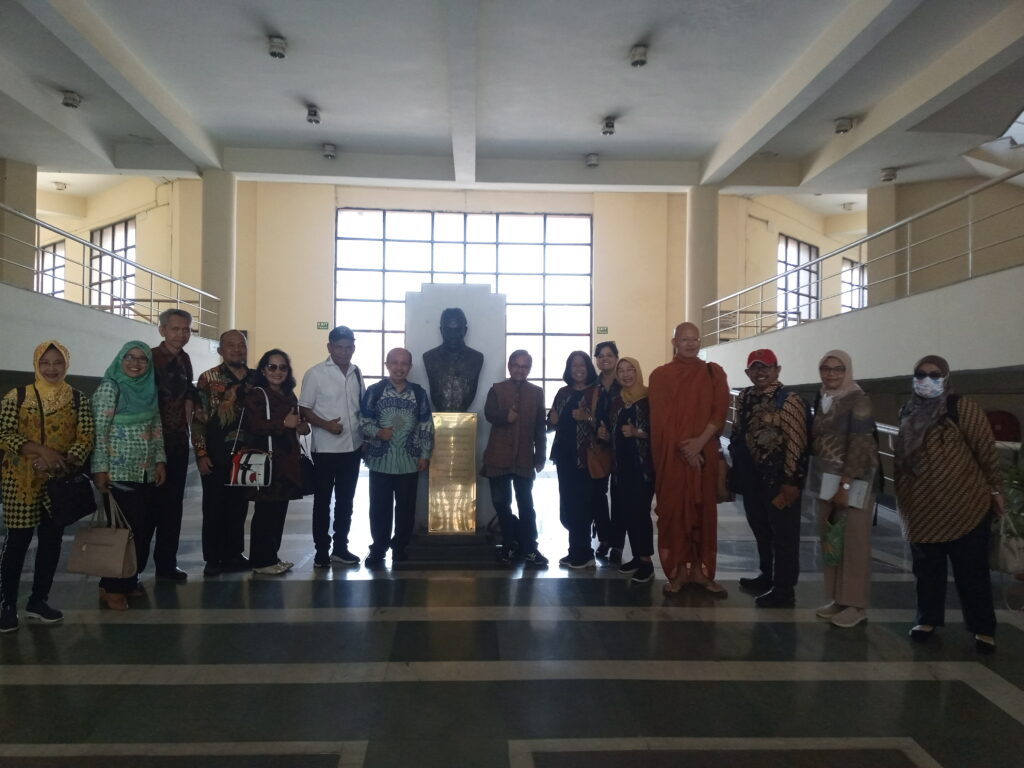Indic Belt Society
About Us

Indic-Belt Society was founded in the year 2018, by Dr. Gautam Kr Jha, Assistant Professor, JNU, and the students of Bahasa Indonesia and International Relations of Jawaharlal Nehru University (JNU) New Delhi. This society endeavors to undertake the study in the various fields of related to the shared culture and international affairs of India and Southeast Asia as one Indic-Family.
Common Social Issues
Once known for its harmonious and composite culture and strong social structures, societies in these countries seem to be fragmenting swiftly. The reasons are primarily attributed to the rapid pace of globalization during the last three decades that prompted mass exodus of people from rural areas to cities compelling them to adjust with the new consumerist and heterogeneous society. This resulted in weakening of the common identity, in the process affording a unique opportunity to proselytizers to pry on both urban and remote regions. Needless to say, this directly compromised social harmony in these regions.
There has been renewed interest in reviving cultural identities in India and the Indic belt countries in Southeast Asia in recent years. The governments of these countries are paying special attention to revival of languages, culture, and local wisdom. This scenario has created a need for a renaissance in civil society and those who view the cultural heritage of their countries as the most significant part of their self-identity
.
The outreach of Indic culture in Southeast Asian countries was not a forceful or deliberate attempt but was a natural flow of vibrant culture evident in every aspect of the lives of common people, acting as a perpetual reminder of the glory of our shared culture. Almost half of the total religions of the world originate from India and about half of the total populations of the world adhere to Hinduism and Buddhism. Islam also made their way to Southeast Asia and particularly in Indonesia with the help of missionary Gujarati merchants. This means there is room for India to play a very important role to preserve the equilibrium of peace, prosperity and harmony in the region.
Certain characteristics in Indic culture which were extensively responsible in influencing the Southeast Asian region were its robust and active trade systems, land proximity, maritime connectivity, religion, shared mythology and strong monarchy.
The process of integration of Indian culture into the Southeast Asian region was not in the form of aggrandizement by the contemporary Indian kings with their might rather it was an spontaneous process wherein the integration happened as a result of a common culture.
Though India is considered as a source of their religions, the majority of Southeast Asian peoples consider Indic elements as not borrowed but their home-grown product, primarily because there was a lack of systematic historical texts and other details till the last phase of decline of the Majapahit empire during the 14th and Angkor in the 15th century, and there have been times when some of these regions i.e. Malaya, Aceh, Sumatra, Java, and Brunei, were infused with Islam before they got colonized by the westerns countries. All these changes led to waning, if not undermining, of the strong base of Indic culture in the region.
The ‘Soft-Power, Political, and Strategic Connectivity’ with regard to the Act East Policy formulated by the BJP-led Indian government primarily to revitalize shared culture with Southeast Asia, has recently gained a renewed interest among the scholars who think that time has come for India to be an active player in the region. In order to do so, India has to consolidate and streamline its trade and maritime activities. This is necessary because of the strong potential of this region. This is expected to infuse new zeal in the of Act East policy.
Indian products have through the course of time gained trust for their quality and, accordingly, have never been subjected to any anti-dumping legislation which keeps it on an advantageous position compared to bigger power in the region. There is a greater need to reinvigorate the image of India as a source of their cultural and religious legacies and through which India can rebuild its lost heritage. This will not only be in the interests of India but for the ASEAN countries as well. Leaders in previous Indian governments had failed to explore and exploit the ancient cultural and civilizational commonalities between India and Southeast Asia and accordingly failed to use India’s soft-power. This failure of past Indian governments represents a missed opportunity, and was reflected in its subdued response to the issue of development in the region. However, with the formulation of Act East Policy, things are bound to change.
Traditional Medicine
The two regions share a unique precedent of having people-centric, decentralized systems of traditional medicine and healing systems that were acceptable and available to the people they served. And both the regions share a dubious distinction of seeing their traditional systems of medicine and healing getting slowly corroded, pushed out of mainstream and replaced by biomedicine. The premise of European colonisation was built around subjugation of natives and their knowledge systems including traditional systems of medicine, by imposition of European biomedicine on native health systems not only as a method of colonising the native body, but also to distinguish what they believed to be native beliefs from their own supposedly superior rationality. Despite sharing similar contextual tropes of this subjugation juxtaposed with astounding cultural and geographic diversity, India and South east Asia have approached mainstreaming of traditional medicine differently after independence. Hence there is a lot of value in mutual exchange of information on how traditional medicine has been looked at vis-à-vis the state and society in both these regions.
Accordingly, we call upon scholars and expert on the region to present their views and research on host of issues pertinent to this region and its relationship with India.
Indic Belt Society (IBS)
Bharat (India) and Southeast Asia was an integral part of Indic civilization, and until 1400 AD this region was under the direct influence of Bharat. “Bharat” is called as ‘Barat’ in Bahasa Malaysia and Bahasa Indonesia which means “West”, denoting the western frontier for the entire region. The countries of southeast Asia, especially Myanmar, Laos, Cambodia, Vietnam, Thailand, Malaysia, Indonesia and Philippines were part of Greater Bharat where Indic civilization thrive Indic Belt Society (IBS) intends to provide a platform to academics, researchers, scholars and experts from across the globe to study and examine various issues and challenges concerning security, connectivity, diplomacy, development, religious identity, terrorism, and foreign policy in India and Southeast Asia region.
Gautam Kumar jha


Our Past Events
Lorem ipsum dolor sit amet, consectetur adipiscing elit. Ut elit tellus, luctus nec ullamcorper mattis, pulvinar dapibus leo.










Sponsors & Partners
.
Newsletter
Lorem ipsum dolor sit amet, consectetur adipiscing elit. Ut elit tellus, luctus nec ullamcorper mattis, pulvinar dapibus leo.
